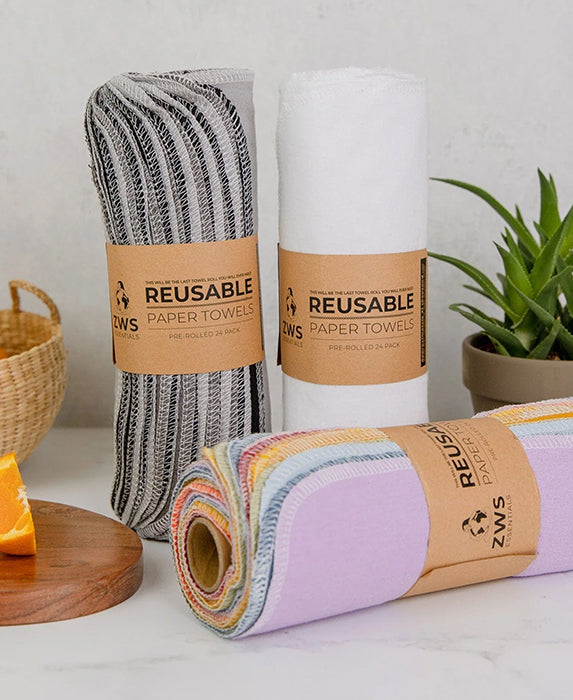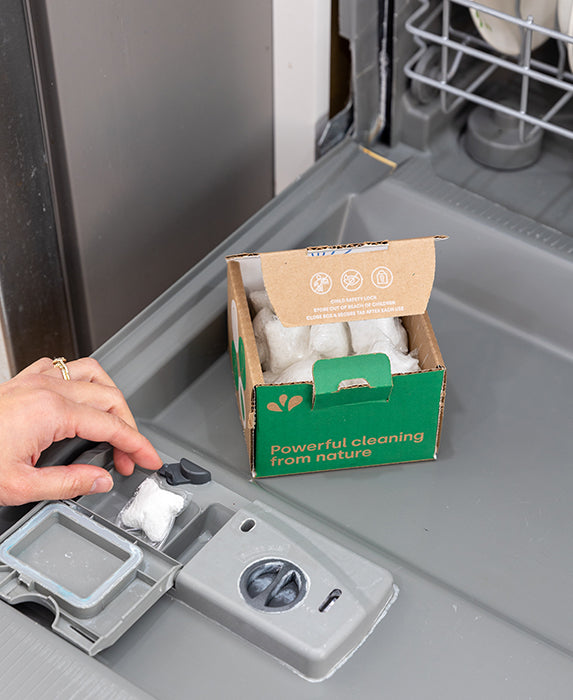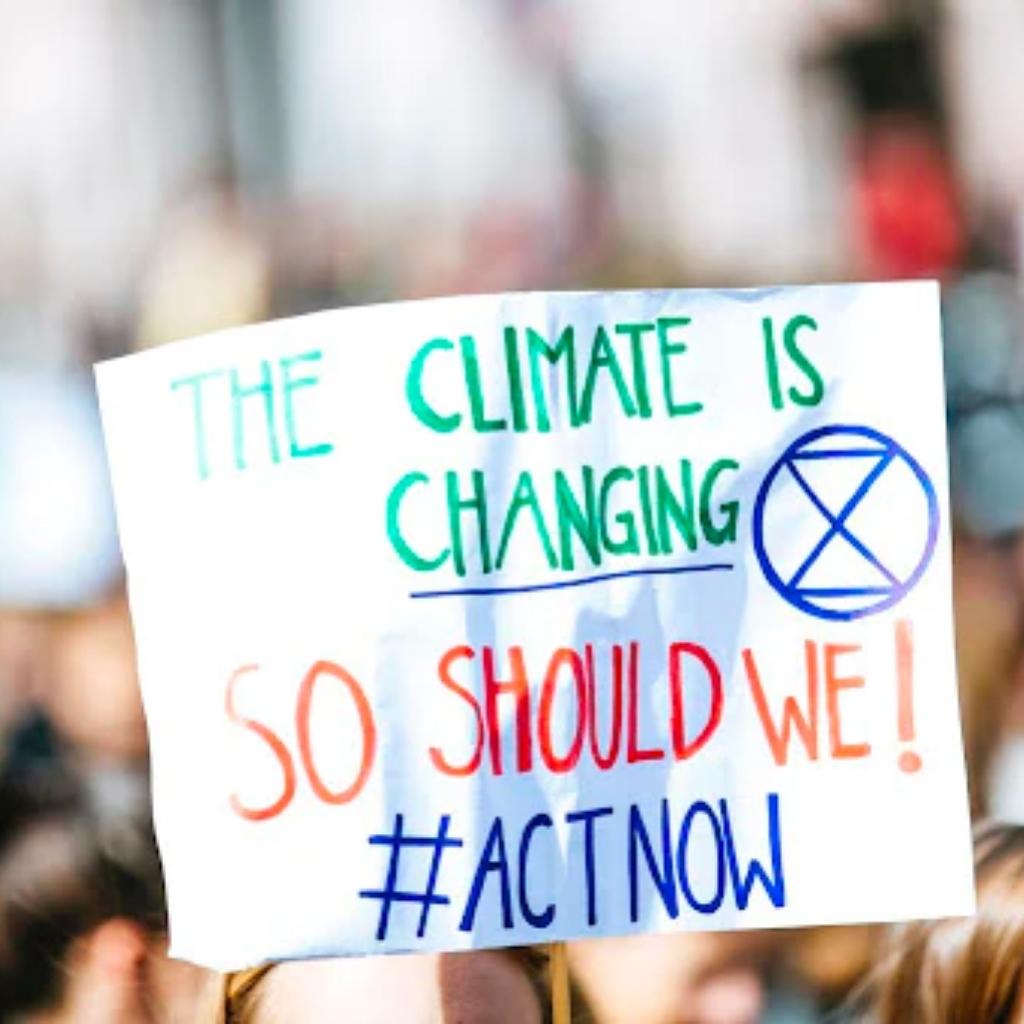This guest blog was written by our incredible partner, Sustainable Warriors.
What Is the Meaning of Carbon Footprint?
The term “carbon footprint” was coined in the 90s by Dr. Rees in order to describe the amount of greenhouse gas emissions needed for an individual’s daily life. It refers to a measure of the total amount of greenhouse gasses that are released into the atmosphere as a result of the action of citizens, institutions, and states. It’s measured in tonnes of Carbon Dioxide.

But you might ask yourself what exactly does it measure, right? This term is just a way of talking about the total amount of carbon dioxide released into the atmosphere as a result of our activities. Our carbon footprints can be divided into three main categories: consumption, electricity, and transportation. In order to reduce it, you have to take a look at each of these categories separately and look for simple ways to reduce your carbon footprint.
In simpler words, it is the ultimate impact that our consumption habits have on the environment. Many of us don’t think about it much, but our consumption habits have a huge impact on dangerous events like global warming and climate change. If you want to understand it deeply, please check our following article: Carbon Footprint: What This Is and What We Can Do About It?.
Can Humans Do Something to Reduce their Carbon Footprint?
It is true that scientists have contributed to several technological advances that make it possible for individuals to significantly reduce their personal impact on climate change. However, there is also a myriad of steps that individuals can take to help without any fancy technology or scientific knowledge.
And let’s face it: living green is actually a lot easier than it sounds
Human beings are the main contributors to carbon emissions as we use fossil fuels for energy and transportation. Besides, humans are the ones responsible for deforestation, which has an impact on climate change.
People need to take urgent action and work together to reduce their carbon emissions and therefore their carbon footprint. Calculating our personal carbon footprint is a good way to know where we are standing and how we can improve. The previous term has become more and more popular during the last years due to concerns about climate change and global warming. As you might know, many individuals and companies have been trying to reduce their personal contribution to global warming by reducing their carbon footprint. The idea behind this goal is that if everyone reduces their own personal contribution to climate change, then there will be less impact on the environment overall.
15 Easy Ways to Reduce Your Carbon Footprint
The following are some of the ways to reduce your carbon footprint and start making a difference:
- Every time you drive your car or turn on your lights, you’re releasing carbon dioxide into the atmosphere and these carbon emissions contribute to global climate change. During the last years, transportation has been a leading cause of the sharp increase in carbon emissions. An easy way to reduce your carbon footprint can be to stop your car while waiting at the traffic lights. Have you ever thought about that? Easy, right? If you want to get more information about this topic, read our article: What are Carbon Emissions (and why do they matter?)
- If you are involved with the business industry you would have probably heard of people who are “carbon neutral.” Carbon neutrality is a term coined to refer to a state of net-zero carbon emissions. Some industries have decided not to use any fossil fuels or electricity at all (though they may still own cars and use gasoline). If this sounds like something you’d like to do, then do it.
- Carpooling is one of the easiest ways to reduce your carbon footprint. Annually, every car emits its own weight in carbon dioxide into the air. However, not everything is lost since you can reduce that amount significantly by carpooling to and from work. You may cut your carbon emission number in half, or even better. Besides, you will also save a lot of money from reduced fuel usage!
- Use energy-efficient appliances: Using energy-efficient appliances will save a lot of energy and reduce your carbon footprint extensively. They have to use renewable energy sources like solar panels and wind turbines to replace fossil fuels.
- Another way to reduce your carbon footprint is to buy less and recycle more. Buy only what you need, buy local products, and buy items that last long. Buy only what you need, and keep what you buy for longer, to reduce the waste created by manufacturing new products. For instance, an energy-efficient refrigerator can save up to 60 percent of electricity as compared to an older model. This can help reduce your carbon footprint significantly.
- Reduce your water use. A running faucet can waste up to three gallons every minute. Take shorter showers, and don’t let the water run while brushing your teeth or washing dishes.
- A simple and sometimes controversial way to reduce your carbon footprint is by diminishing the amount of meat you eat. Eating meat requires the burning of fossil fuels, and the livestock industry is one of the biggest pollutants in our environment. Red meat has high carbon emissions associated with its production and transportation
- Bring reusable bags with you when shopping instead of using plastic ones. Reusable bags have less impact on the environment than disposable ones do.
- Plant trees. Trees absorb carbon dioxide from the atmosphere, thereby reducing its levels in our environment. Besides, they also produce oxygen which is necessary for all living things including humans.
- Buy local products whenever possible. Even if they cost more than non-local products, buying local will cut down on the amount of fuel needed to transport those products from their place of origin (which can possibly be hundreds or thousands of miles away).
- Ditch disposable plastic cups and plates for reusable ones. While they may seem like a good idea, there are many reasons to consider ditching them for reusable options. Ditch single-use plastics for reusable ones instead. It may seem like just a small change at first, but it can have a dramatic impact on the environment and make you feel better about your consumption habits over time.
- Use reusable shopping bags whenever possible instead of using the classical plastic ones and please remember to bring them with you when you go shopping!
- Ditch the straws when you go out for meals. Those plastic straws are really bad for the environment and most people don’t even use them, so skip them and just drink straight from the glass.
- Don’t leave your electronics plugged in overnight, or when you’re not using them. Even if they’re turned off, they still draw power. Unplug them before going to bed or for longer stretches of time when you won’t be using them.
- Start biking. You’ll save money on gas and reduce the number of carbon emissions released by your vehicle. Besides, you will not only benefit the environment and the planet where we live but it will also improve your health.
The earth is in trouble, but it’s not time to panic.

Most climate scientists agree that global warming is happening and that it is being caused by human activity. Greenhouse gasses like carbon dioxide trap heat in the atmosphere, causing temperatures on Earth to increase. This results in higher sea levels, extreme weather patterns, melting glaciers, and more frequent wildfires. Scientists expect these trends to continue unless something changes… But, what? There are many ways to reduce our carbon footprint and protect our planet.
Are you ready to make a change? One small step for us, one giant leap for sustainability!
Read more about ways to adopt sustainable living and become a better Earth advocate by checking out our other Sustainability 101 blogs.









